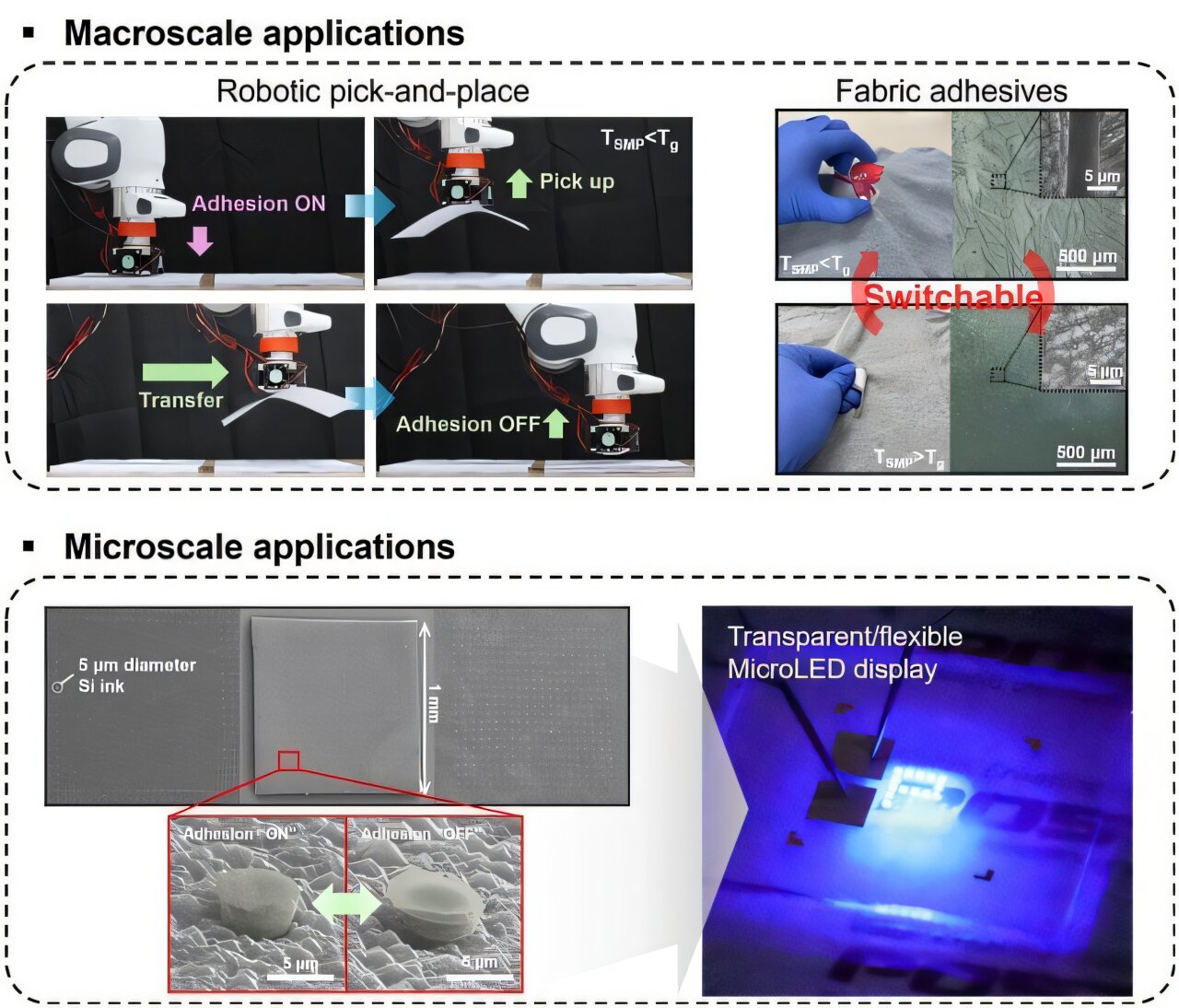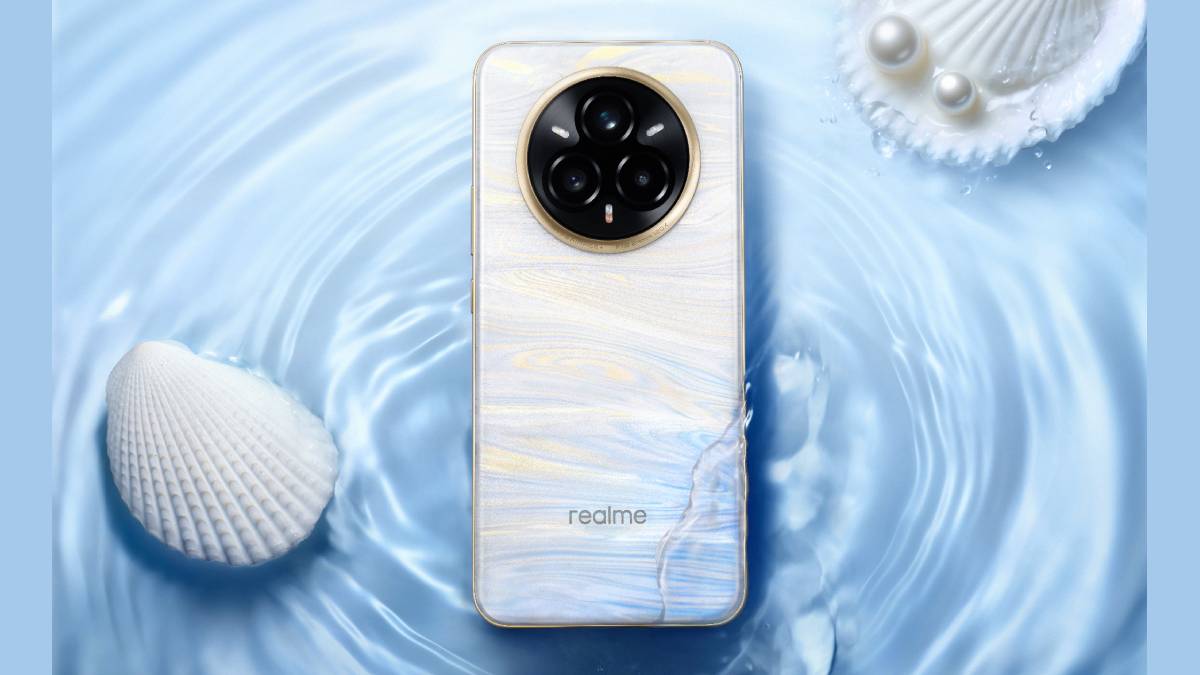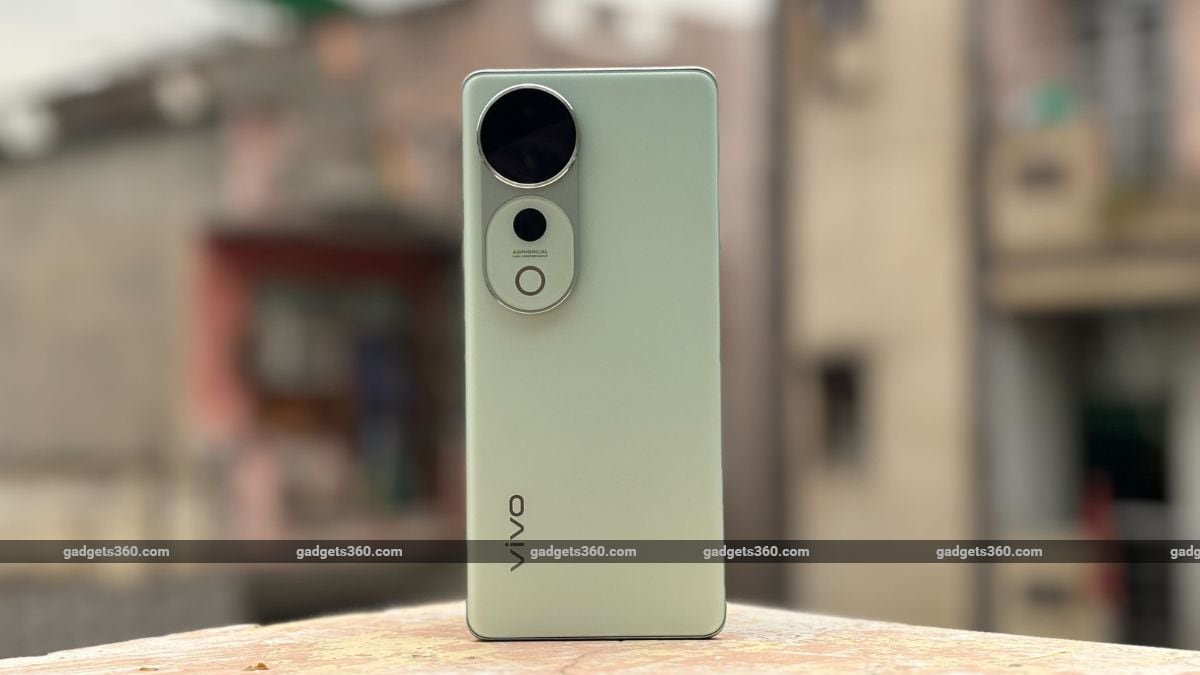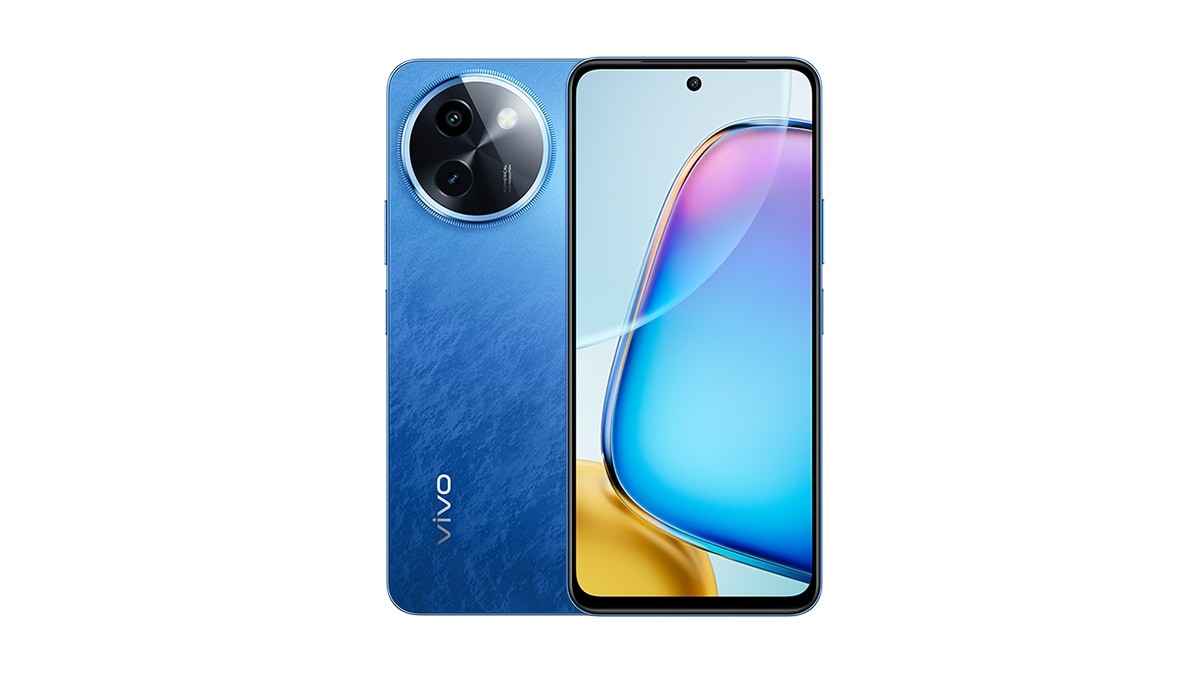
(Top) Macrosacle Applications (Bottom) Microscale Applications (5μm-Level Micro-Objects). Credit: Postech
A research team at pohang university of science and technology (postech), has developed a novel dry adhesive technology that allowing from everything from microscale Electronic comon Household Materials to be Easily Attached and Detached.
The study was recently Published in the journey Nature CommunicationsAnd the team was Led by Professor Seok Kim in Collection With Professor Kihun Kim (Postech), Professor Namjoon Kim (Gachon University), Professor Haneol Lee (Chronic Nature UNIVERSITY), and Dr. Chang-Hee Son (University of Connecticut, US).
Micro-Leds, A Next-Generation Display Technology, Offer Significant Advantages Such as Higher Brightness, Longer Lifespan, and the Ability to Enabled Flexible and Transparen DISPLAYS. However, Transferring Micro-LED Chips-Thinner Than a Strand of Hair –nto target substrates with high precision and minimal residue have been a person a person. Conventional Methods Relying on Liquid Adhesives or Specialized Films often Result in Overly Complex Processes, Poor Alignment Accuracy, and Residual Contamination.
In addition, researchers have struggled with the so-called adhesion paradox-theoretical prediction Achieving Strong Adhesion due to surface roughness that limits actual contact area.
The Postech Team Ingeniously Leveraged This Paradox. Their solution lies in the use of shape memory polymers (SMPS) Featuring denseli packed nanotips. At Room Temperature, The Surface Remains Rough, Exhibiting Low Adhesion. When heated and presided, the surface smooths out – MUCH LIKE Ironing Wrinkles – A achieves significantly Strongeer Adhesion. Upon reheating, the surface returns to its original rough state, drastically Reducing Adhesion and Enabling Easy Release.
This technology provides over 15 atmospheres of adhesion strength during bonding and near-zero force detachment through a self-bound a self-bounds function. The difference in adhesion strength between the “on” and “off” states exceds a factor of 1,000, outperforming conventional approaches by orders of magnitude. The team demonstrated precise pick-second chips using a robotic system, and confirmed stable adhesion even with materials such as paper and fabric.
“This innovation allows for the precise manipulation of delicate components with the need for sticky adhesives,” said professor seok kim of postech. “It holds significant potential for applications in display and semiconductor manufacturing, and counting about transformative changes when integrated with smart manufacturing Industries. “
More information:
Junhyung kim etc. Nature Communications (2025). Doi: 10.1038/s41467-025-60220-7
Citation: Shape Memory Polymers with Nanotips Help Solve Micro-Led Chip Transfer Problem (2025, June 30) Retrieved 5 July 2025 from https://techxplore.com/news/2025-06-memory-epoers- nanotips-mcro- chip.html
This document is Subject to copyright. Apart from any Fair Dealing for the purpose of private study or research, no part may be reproduced without the written permission. The content is provided for information purposes only.



